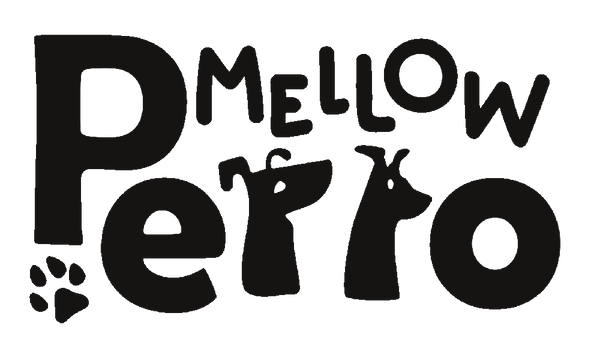
Dogs have been our loyal companions for centuries, but sometimes understanding their needs and emotions can be challenging. Canine communication is a fascinating field that allows us to bridge the gap between humans and dogs. By learning to interpret their body language, vocalizations, and expressions, we can gain valuable insights into what our furry friends are trying to communicate and respond appropriately.

Canine Communication: Help Dog Owners Understand and Interpret Canine Body Language, Vocalizations, and Expressions
Canine communication encompasses various aspects of dogs' behavior, including body language, vocalizations, and facial expressions. By paying attention to these cues, we can decipher what dogs are trying to convey. Let's explore each of these communication methods in detail:
- Body Language: The Silent Conversation
Dogs rely heavily on their body language to express their emotions and intentions. Understanding their postures and movements can provide invaluable insights into their state of mind. Here are some key body language cues to watch out for:
- Tail Wagging: Contrary to popular belief, a wagging tail does not always indicate friendliness. The position, speed, and intensity of the wag can reveal different emotions.
- Ear Position: Erect ears denote alertness, while flattened ears signify fear or submissiveness.
- Eye Contact: Direct eye contact can be interpreted as a challenge or threat, especially in unfamiliar or tense situations.
- Posture: A relaxed and loose body indicates comfort, while a tense or stiff posture suggests anxiety or aggression.

- Vocalizations: Barking, Whining, and Beyond
Dogs use a wide range of vocalizations to communicate their needs and emotions. While barking is the most well-known, it is essential to understand the various types of vocalizations and their meanings:
- Barking: Dogs bark for various reasons, such as alerting, expressing fear or frustration, or seeking attention.
- Whining: Whining is often a sign of distress, pain, or anxiety. It can also indicate excitement or anticipation.
- Howling: Howling is a dog's way of communicating over long distances. It can be triggered by loneliness, responding to other dogs, or even certain sounds like sirens.

- Facial Expressions: The Window to Emotions
A dog's face can convey a myriad of emotions through its expressions. By observing their facial cues, we can gain insights into their current state of mind. Here are some common facial expressions and their meanings:
- Relaxed Mouth: A slightly open and relaxed mouth indicates a calm and contented dog.
- Lip Licking: Dogs may lick their lips when they are anxious, stressed, or anticipating a treat.
- Raised Hackles: When a dog's hackles (the fur along the back) are raised, it signals arousal, fear, or aggression.
- Dilated Pupils: Dilated pupils can indicate excitement, fear, or heightened arousal.

Conclusion: Enhancing Your Connection with Your Canine Companion
Understanding and interpreting canine communication is essential for every dog owner. By becoming fluent in their body language, vocalizations, and expressions, you can provide better care, anticipate their needs, and strengthen your bond with your furry friend. Remember to observe their cues, listen to their vocalizations, and be mindful of their emotions. With patience, empathy, and a willingness to learn, you can truly communicate and connect with your canine companion on a deeper level. 
So, next time you see your dog wagging its tail, barking, or giving you a play bow, you'll be equipped to decipher their messages and respond appropriately. Enhancing your canine communication skills will make you a more attentive and responsive dog owner, leading to a happier and healthier relationship with your four-legged friend.



